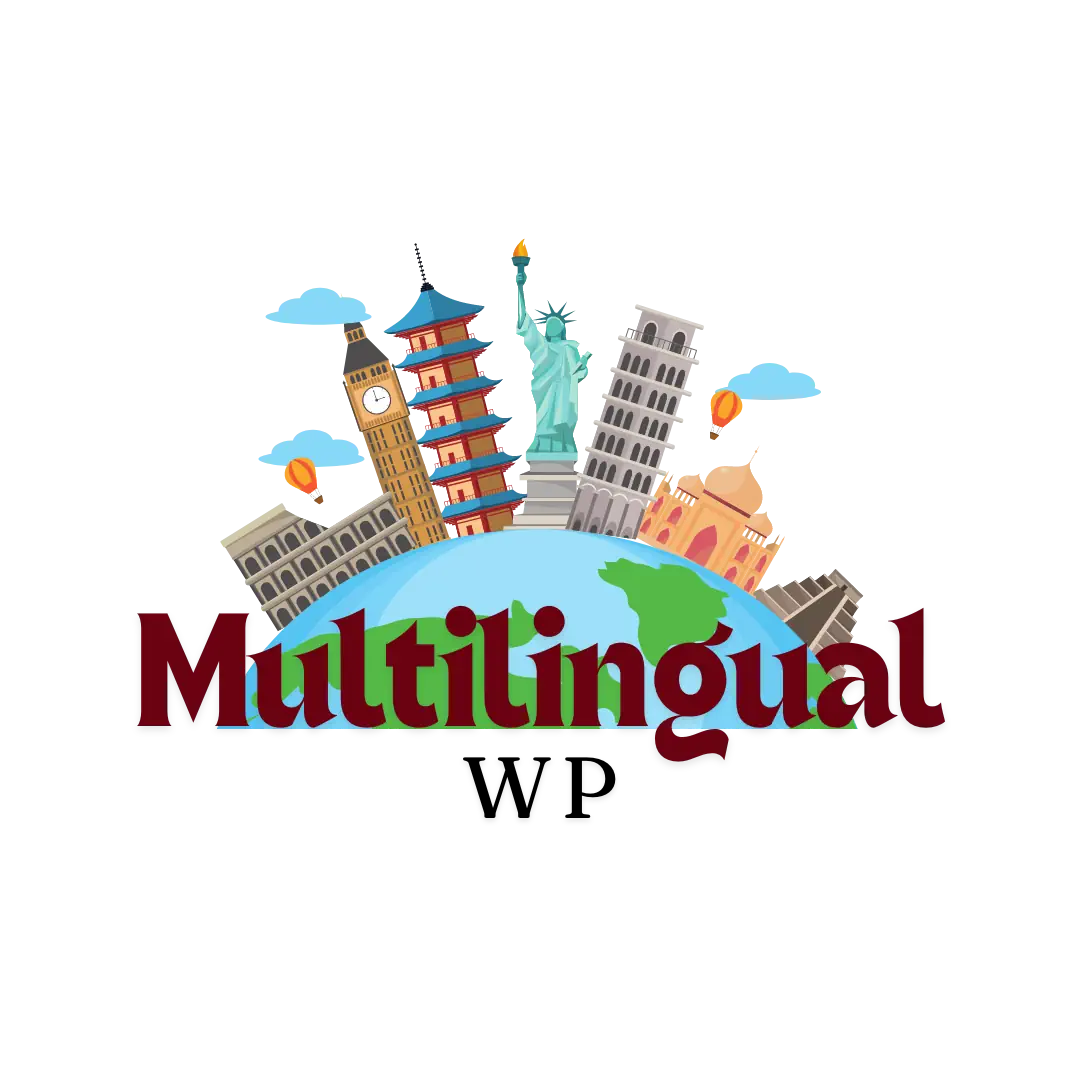Creating a multilingual website is a powerful strategy to engage a wider audience, improve user experience, and boost your SEO efforts. Whether your goal is to reach customers in different regions, localize your website content, or make your site available in two or more languages, this guide will show you how to implement multiple language versions effectively.
Benefits of a Multilingual Website
Reach a Wider Audience
A website available in multiple languages helps businesses connect with users in different countries and regions. By providing content in their native language, you ensure a seamless user experience that builds trust and engagement.
Improve SEO
A multilingual website enhances your visibility on search engines by targeting language-specific keywords. Optimizing your website for different languages boosts its ranking in international search results, driving more traffic to your site.
Expand Your Customer Base
Offering a multilingual site allows you to serve a broader customer base, breaking language barriers and attracting users who speak different languages.
Steps to Create a Multilingual Website
Step 1: Choose the Right CMS and Website Builder
For an efficient multilingual site, use a content management system (CMS) like WordPress. Its flexibility and compatibility with multilingual plugins make it ideal for creating a multi-language website.
Step 2: Select a Multilingual Plugin
Plugins are essential for translating website content. Here are three popular options:
- WPML (WordPress Multilingual Plugin)
- Translate your website content easily.
- Manage multiple language versions from a single dashboard.
Try WPML: Get WPML
- TranslatePress
- Visual translation editor lets you translate your content in real time.
- The premium version supports unlimited languages.
Use TranslatePress: Get TranslatePress
- Weglot
- Automates the translation process for your entire website.
- Offers support for over 100 languages.
Automate Translations with Weglot: Try Weglot
Step 3: Translate Your Content
- Use the plugin to translate the pages of your website into the desired languages.
- Localize your content to resonate with users in different regions.
- Ensure translations are accurate to avoid miscommunication.
Step 4: Add a Language Switcher
A language switcher lets users choose their preferred language.
- Place the switcher in a visible area, such as the header or navigation menu.
- Customize it to match your website design.
Step 5: Optimize for SEO
- Use hreflang tags to inform search engines about the language versions of your website.
- Translate meta titles, descriptions, and keywords.
- Ensure each language version has unique URLs for better indexing.
Best Practices for Multilingual Websites
Provide a Seamless User Experience
- Detect the user’s browser language and display the appropriate language version automatically.
- Offer easy-to-use navigation with clear language options.
- Test the site to ensure proper functionality across all language versions.
Use Professional Translations
- Machine translation tools like Google Translate are quick but may lack accuracy.
- For important pages, invest in professional translation services.
Localize Your Content
- Tailor content for specific regions to address cultural nuances.
- Update language versions regularly to keep information consistent and relevant.
Examples of Multilingual Websites
Canadian Websites
Many Canadian websites use two languages (English and French) to cater to the bilingual population.
Multilingual Website Examples
Here are five examples of multilingual websites that have mastered localization:
- E-commerce sites offering multi-language product descriptions.
- Educational platforms with content in various languages for global students.
- News portals available in different regions.
- Travel websites featuring location-specific content in different languages.
- Corporate websites targeting international clients with translated business information.
Tools to Build a Multilingual Website
WPML
Ideal for large websites, WPML offers advanced translation features and seamless integration with WordPress.
Try WPML: Get WPML
TranslatePress
With its visual editor and ease of use, TranslatePress is perfect for translating smaller sites.
Use TranslatePress: Get TranslatePress
Weglot
Weglot’s automated approach simplifies the process of creating multilingual sites.
Automate Translations with Weglot: Try Weglot
Conclusion
Building a website in multiple languages is a strategic way to enhance user experience, improve SEO, and expand your reach. With tools like WPML, TranslatePress, and Weglot, you can easily translate your website content, add a language switcher, and create localized language versions. By taking these steps, you can make your website available in multiple languages, offering a seamless experience for users worldwide.
Ready to create a multilingual website?
Get Started with WPML: Get WPML
Try TranslatePress: Get TranslatePress
Automate with Weglot: Try Weglot
